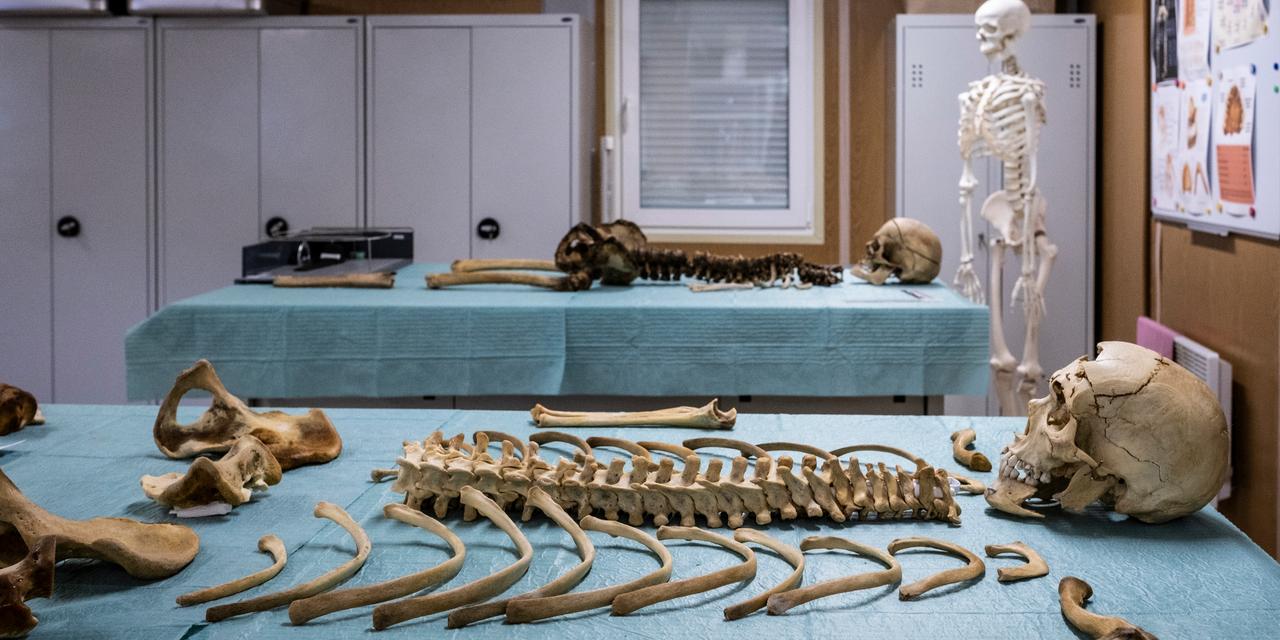


The difficult task of identifying Ukrainian soldiers killed at the front
FeatureThe widespread use of drones along the Ukrainian front has left the bodies of soldiers unrecognizable, making the work of already overwhelmed forensic doctors at Dnipro's morgue even more challenging.
Leaning over the screen, Valentina and Olga examined photographs of objects found near Yevhen Paliokha, a Ukrainian soldier killed on August 15 at the age of 36 in the Kharkiv region. One image showed a charred arm. Valentina, Yevhen's mother, burst into tears and returned to sit in the corridor of Dnipro Municipal Hospital No. 4's morgue. "I can't take it anymore," she repeated. A police officer followed her to collect a DNA sample from her mouth.
Olga, Yevhen's wife, stoically resumed her place in front of the screen, wanting to be sure it was her husband. Viktoria, the employee responsible for greeting families and confirming identifications, scrolled through the photos. With her face drawn, Olga finally admitted it was her husband; after a long hesitation, she recognized with certainty the blackened chain recovered near his body.
Paliokha, a vehicle driver in the infantry, was taking part in a rescue operation for two wounded comrades when Russian drones struck his vehicle. The soldier sitting beside him and the wounded men they were evacuating died at the same moment. The remains − entirely burned − were extremely difficult to identify. Only the bones remained, from which the experts could still collect DNA.

You have 81.77% of this article left to read. The rest is for subscribers only.
